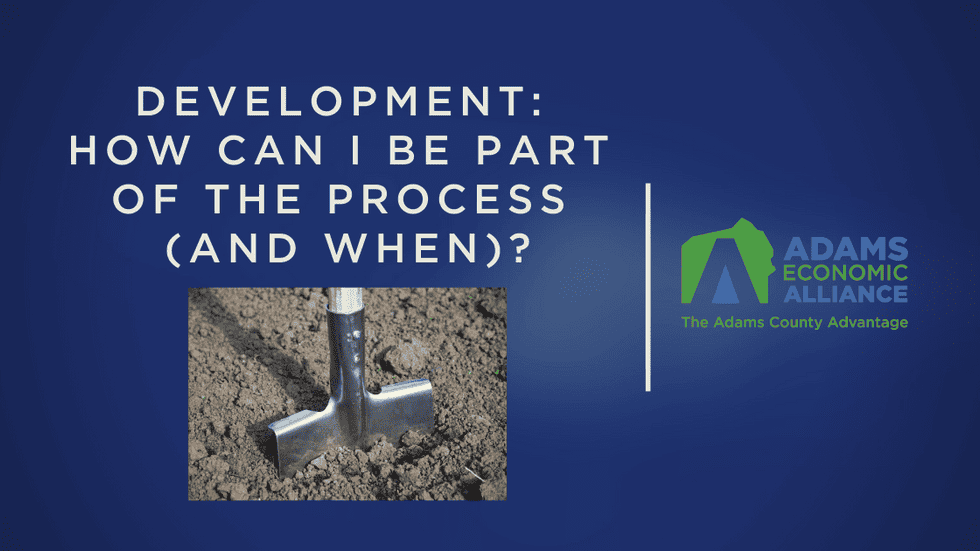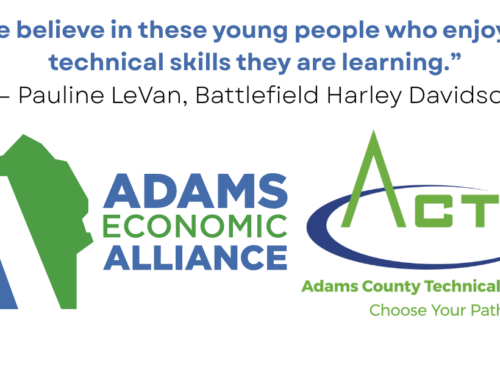There it was, front page, top of the fold. What placement! Gleaming gold shovels and the requisite hard hat photograph. Big smiles from everyone. I wonder what they’re building… I intend to find out!
But, here’s “the dirt.” By the time you see shovels in the dirt, you should already have some awareness of the future project. I used to think the shovel ceremony was the celebratory beginning of the construction phase. But now I think the real celebration is that of the land use development plan’s approval! Why celebrate that? Here’s why:
It’s not easy—but it’s not meant to be. Communities are created whether by intention or lack thereof. In the Commonwealth of Pennsylvania, most of the community planning and decision making occurs at the municipal level. Other partners participate and may provide comments or even vote. We want the process to work on behalf of the community, with intention.
Read your local newspaper and you’ll become familiar with county planning commissions, conservation districts, watersheds, traffic counts, and even recreation boards to name but a few. Become familiar with their roles and perhaps you’ll find one of interest. Every community seeks volunteers to fill these positions. No project gets to “shovel dirt” until each “authority” can review and comment on said plan. There are meetings, minutes, fees, forms, and maps. The process is lengthy, sometimes frustrating, changes are made, feelings can be hurt, and people leave meetings angry. If there is another meeting, there is another chance for your voice to be heard. It is only after the reviews, revisions, public hearings, and voting do we end with an approved plan (or not).
But wait, who made these rules that are used as a measuring stick that determines whether a project is acceptable or not? Well, the short answer is many people, but let’s consider the part in the process where your voice can make the greatest impact.
That happens well before the developer arrives with a plan, stamped drawings, certified documents, and engineers. Appointed or elected boards made up of municipal residents make recommendations to elected officials as to how land should be divided into zones and further regulated for use within the zones. It is a public process wherein the public is encouraged to speak. Zoning identifies where certain developments may occur. Sometimes it identifies where development may not occur. A healthy community has enough of each type of land use to meet the needs of its residents: jobs, healthcare, recreation, greenspace, commercial and retail business—whatever it takes to make that community work for everyone.
How would you describe yourself? Do you desire growth? What does that look like to you? Go to a planning commission meeting and let them know why you feel this way. Provide statistics and offer solutions.
Are you deeply respectful of history? Attend an historic architectural review board meeting and learn how they make decisions. The time to have the greatest impact on your community is when comprehensive planning is occurring. Provide feedback. Offer your assistance if you have expertise in a particular area.
Life can be hectic and I will honestly admit that leaving my home after dinner and a moment of relaxation to attend a public meeting is not something I enjoy, until I get there. Really, there is always something to learn, and something or someone almost always inspires me. There are those speaking in support or against projects. It’s all part of a healthy process: creating a community for this generation and the next, with intention.
Robin Fitzpatrick is President of Adams Economic Alliance, which comprises three organizations: The Adams County Economic Development Corporation (ACEDC), the Adams County Industrial Development Authority (ACIDA) and the Adams County General Authority (ACGA). Follow us on Twitter (@AdamsAlliance), Facebook (Facebook.com/AdamsAlliance) and LinkedIn (Adams Economic Alliance).
This article originally published in the Gettysburg Times, July 13, 2023






